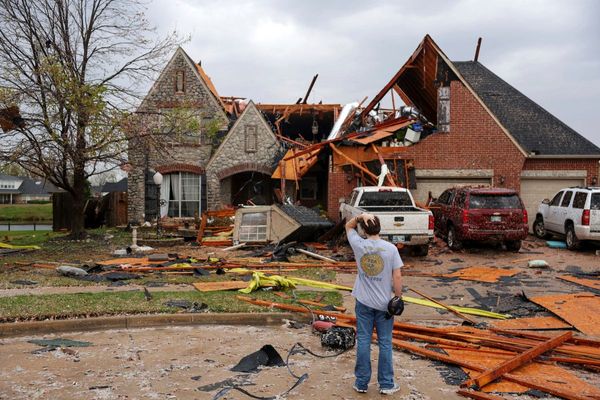
Demand for workers continues to run hot, suggesting an unemployment rate below 4 per cent could be sooner and lower than predicted in this week's federal budget.
The Australian Bureau of Statistics said there were 423,500 job vacancies in February, 6.9 per cent higher than in November and around 200,000 more than was recorded before the COVID-19 pandemic.
"Job vacancies continued to reach new record highs through the pandemic," ABS head of labour statistics Bjorn Jarvis said.
Tuesday's budget forecast an unemployment rate hitting 3.75 per cent in the September quarter, a level not seen since the early 1970s.
The Reserve Bank of Australia is predicting the same rate this year.
The jobless rate sits at four per cent, its lowest level in 14 years.
AMP Investments senior economist Diana Mousina said other job leading indicators continue to point to solid employment growth ahead.
"This means that the labour market is expected to tighten further and the unemployment rate will decline over coming months - we think to just over three per cent by the end of this year," she said.
National Australia Bank economist Taylor Nugent expects the unemployment rate could fall below four per cent as soon as the March labour force report which is due to be released on April 14.
This would be in the thick of the May federal election campaign, which is due to kick off in coming days.
The ABS also released building approvals figures which show a massive increase in February, rebounding after the disruptions caused by the Omicron variant outbreak.
Total building approvals soared 43.5 per cent in February to 18,675 after slumping 27.1 per cent in January.
"The large rise in the total number of dwellings approved in February was recorded across all dwelling types," ABS director of construction statistics Daniel Rossi said.
Approvals for private sector housing rose 16.5 per cent to 10,240, while the more volatile 'dwellings excluding houses' category leapt 78.3 per cent to 7183.
"We had expected a strong bounce-back in February's numbers given the large fall in January appeared to have been driven by the effects of the Omicron wave," JP Morgan economist Jack Stinson said.
He said elevated sick and holiday leave had disrupted the approval process, leaving a backlog of plans submitted but not approved.
Meanwhile, the Reserve Bank said private sector credit rose 0.6 per cent in February to 7.9 per cent, the fastest annual pace since November 2008.
Owner-occupier housing credit and business loans were the main drivers for this increase.
Owner-occupier credit now stands at an annual rate of 9.9 per cent and business credit at 9.8 per cent, also levels not seen since 2008.







